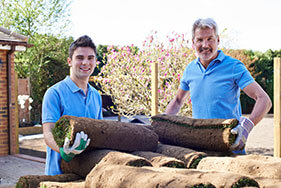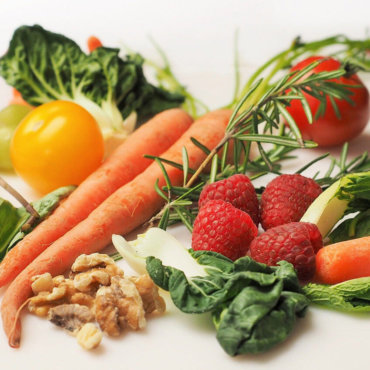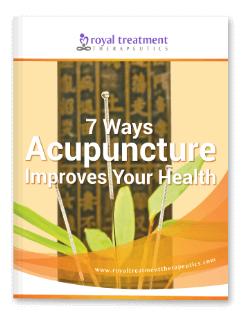Six ways to prevent gardening injuries
Now that winter is over, loads of Canadians are getting out in their yards and showing off their green thumb. Gardening is a rewarding hobby and an excellent way to get physical activity, however it can be strenuous work. From landscaping to pulling out weeds to planting flowerbeds, gardening can strain your muscles and joints if you’re not careful. Luckily, injuries in the garden can be prevented with these six tips.
1) Warm up

Just like yoga and running, gardening is a form of physical activity which means you should warm up beforehand. Warming up loosens joints and increases blood flow, helping to prevent soreness after planting your vegetable patch. You can get your body prepped for physical work by doing a few minutes of brisk walking and stretching. When stretching, try to hold the position for about 15 seconds and repeat each stretch at least a few times. Don’t forget to do a cool down after you’re done working.
2) Put gloves on

Gloves protect your hands from all sorts of things like bacteria, fertilizers and the sun. Without them, microorganisms can enter your body through small scrapes and cause infections. Thick leather gloves are ideal for working with thorny plants and rubber gloves are a great option if you have to use pesticides and other chemicals.
3) Use proper tools

One of the easiest ways to avoid gardening accidents is to use the right equipment for the job. Why risk throwing out your back when you can use a wheelbarrow to move heavy pots? You can also take the burden off your hands by utilizing tools like hand shovels and rakes to pull out weeds. Other important tool tips include unplugging electrical tools when not in use and buying pruners and shears with a built-in safety lock.
4) Work at the right level

Working at the correct height prevents your muscles from getting aggravated. Use a ladder to pick apples from the tree instead of reaching for them. Avoid bending at the waist and get right down to the ground if you’re planting bulbs. If you’re working on the ground for a while, use a foam mat or knee pads to take some pressure off your joints.
5) Don’t do repetitive motions for prolonged periods of time

Doing repetitive motions like digging and pruning for too long often leads to stiffness. Make sure you take a break, stretch, and switch gardening tasks every 15 minutes to prevent the same muscles from getting overworked. Do you find you lose track of time in the garden? Setting a timer ensures you’re not doing one motion longer than you should be.
6) Avoid sudden movements

Your back wasn’t made for sudden jerking or twisting motions. That’s why it hurts after lifting heavy objects too fast. Remember to turn your entire body when performing twisting movements and lift with your knees and keep your back aligned when picking up bags of soil and other hefty items.
Has gardening left you stiff and sore?
From back injuries to sore knees, our physiotherapists can treat and prevent the aches that come with long gardening sessions. Using education, personalized treatment plans and a variety of physiotherapy techniques, they can help you achieve your health goals so you can garden all season long without experiencing pain.
Ready to start your recovery journey?
If you’re interested in learning more, please come in for a FREE Discovery Visit. This no-obligation session allows you to discuss your health concerns and get all your questions answered by one of our top-rated physiotherapists. Personalized treatment options will also be provided so you can see a clear path to recovery at the end of your visit.















Add Comment